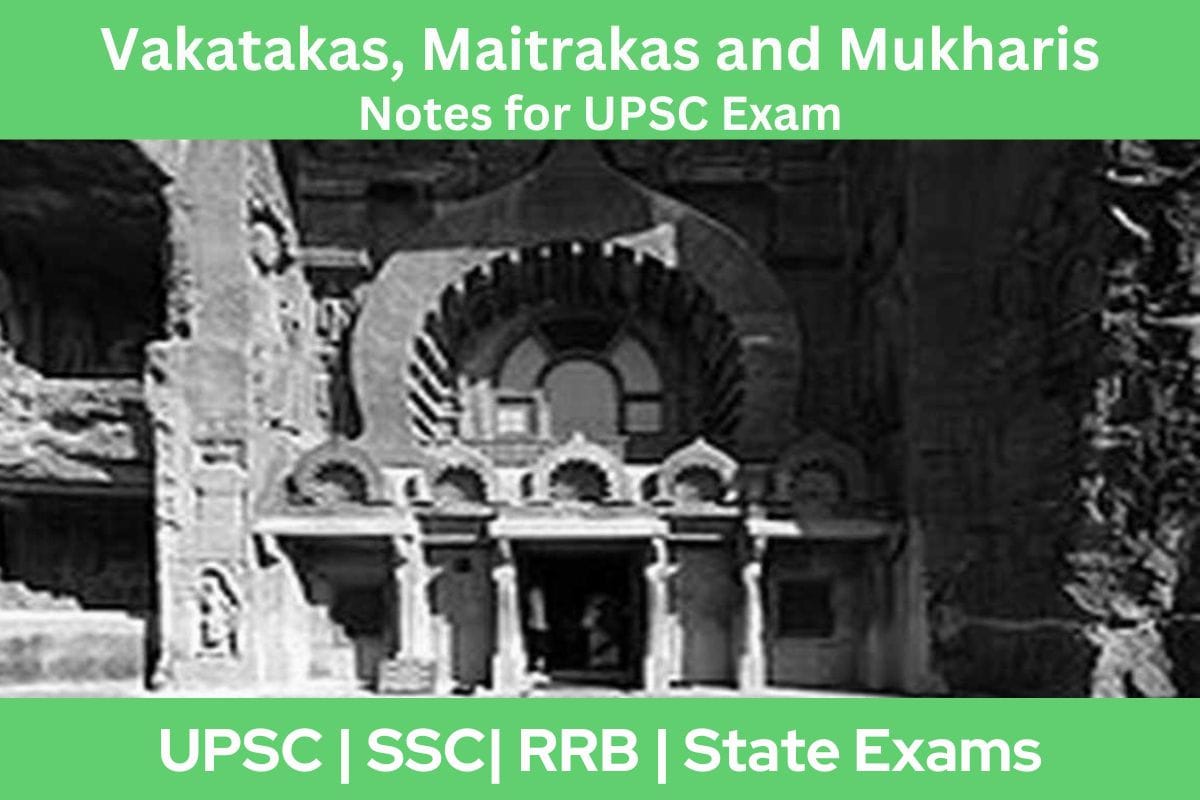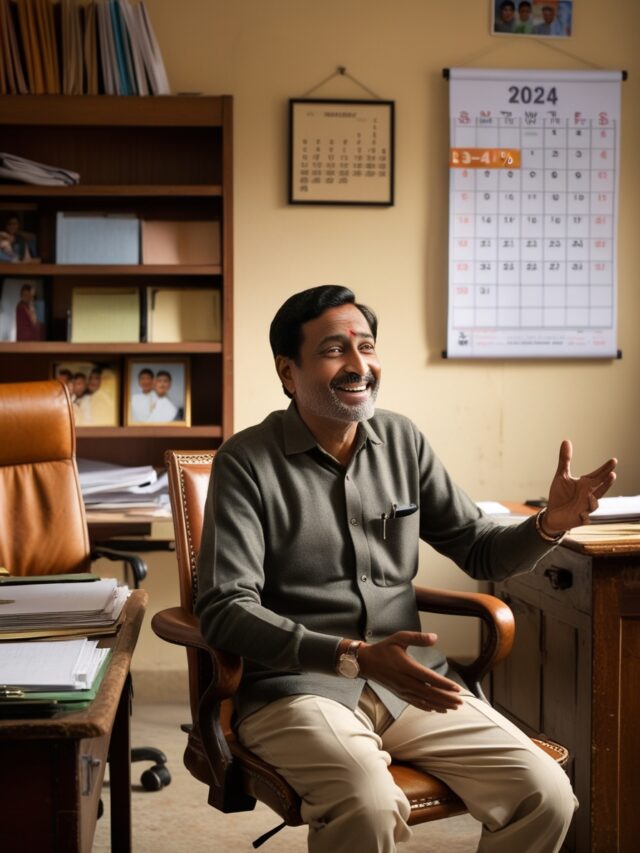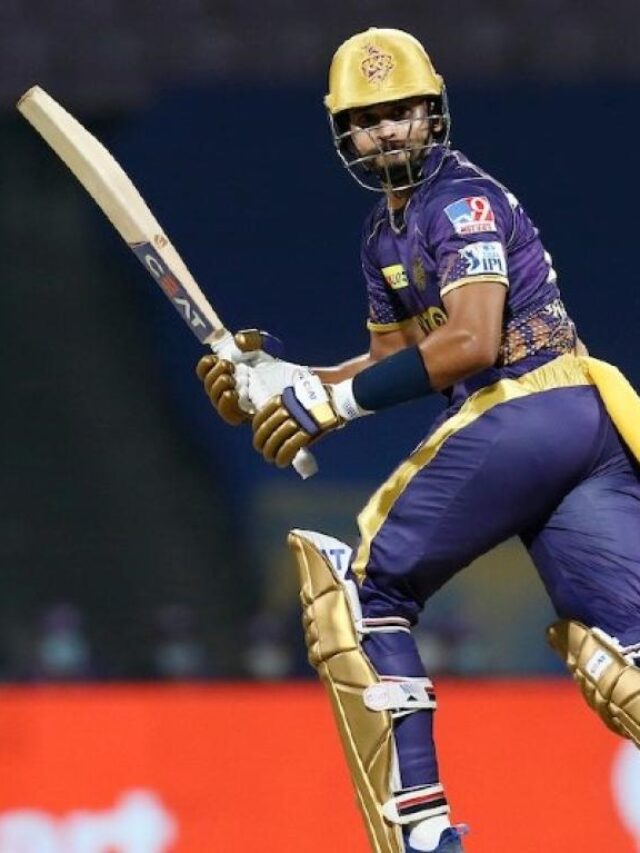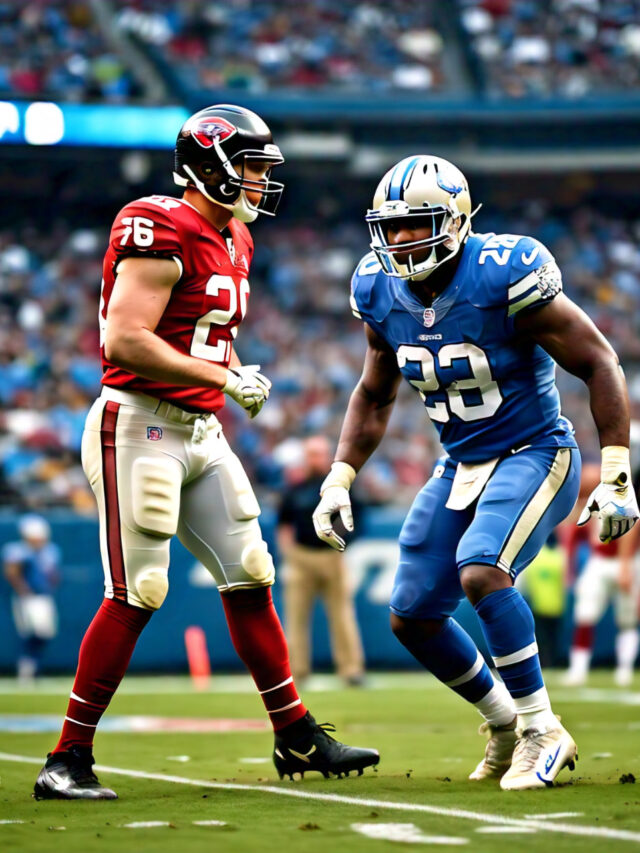
- In the middle of the third century CE, the Vakataka Dynasty took over from the Satavahana Dynasty in the Deccan region. Vindhyashakti was the one who started the Vakataka Dynasty.
- Their rule stretched from the southern tip of Malwa and Gujarat in the North to the River Tungabhadra in the South, and from the Arabian Sea in the West to Chattisgarh in the East.
- The Vakataka dynasty existed at the same time as the Gupta dynasty.
Origin
- Scholars hold different opinions on where the Vakataka Dynasty originated.
- Some believe they were Brahmins of Vishnu Vriddha Gotra.
- Ruler Vindhyashakti, around 250 CE, is credited with founding the dynasty on the remains of the Satavahana dynasty in the Deccan region.
- The titles Haritiputra and Dharmamaharaja, used by Pravarasena I and Sarvasena I, were also employed by Southern dynasties like the Chalukyas and Pallavas.
- According to some, the Vakataka dynasty may have started in South India. Evidence includes fragmentary inscriptions in Andhra Pradesh mentioning the name Vakataka.
- Other scholars suggest a Northern origin, tracing the dynasty to the Vindhyan region as per Puranic accounts.
- The Puranas refer to the dynasty as Vindhyakas.
- The town Kanchanaka, linked to Vakataka ruler Pravarasena I in the Puranas, is identified as a place in the Panna district of Madhya Pradesh.
Important Rules Of Vakatakas, Maitrakas, And Mukharis
Vindhyashakti (Reign: 250 – 270 CE)
- The one who started it all.
- Likely ruled from Purika.
- Did various Vedic ceremonies and brought back Brahmanical rituals.
- Called a Dvija in Ajanta inscriptions from Harisena’s time, praised for military achievements.
Pravarasena I (Reign: 270 – 330 AD)
- Vindhyashakti’s son and heir.
- Also known as Samrat, Dharmamaharaja, and Haritiputra.
- Ruled a big chunk of northern India and the Deccan.
- Performed Vedic rituals like Ashwamedha, Vajapeya, etc.
- Built the real power of the Vakatakas, expanding south into Vidarbha, with the capital at Kanchanaka (now Nachna).
- His son Gautamiputra formed a vital political alliance by marrying the daughter of the Naga king Bhavanaga.
- Through marriages and military might, extended the empire from Bundelkhand in the north to Hyderabad in the south. Celebrated victories with an Asvamedha and a Vajapeya sacrifice. Unique in taking the title “Samrat” while other Vakataka kings were called “Maharaja”.
- Engaged in wars with the Nagas.
- Had four sons according to the Puranas; the empire likely split among them.
Rudrasena I (Reign: 340 – 365 CE)
- Grandson of Pravarasena I.
- Established the Nandivardhana branch of the Vakataka kingdom.
- Devotee of Lord Mahabhairava, the fierce Shiva.
Prithvisena Ⅰ (c. 365 – 390 CE)
- In Vakataka inscriptions, likened to the epic hero Yudhishthira for truthfulness, compassion, and humility.
- Padmapura was a key center during his reign.
- Forged a political alliance with Chandragupta II, defeating the Shaka Satraps of Malwa and Kathiawar.
- Strengthened ties with the Guptas through a marriage alliance between Rudrasena Ⅱ (Prithvisena’s son) and Prabhavatigupta (Chandragupta II’s daughter).
- Followed Shaivism like his father.
Rudrasena II (Reign: 390 – 395 CE)
- Son of Prithvisena I.
- Married Prabhavatigupta, Chandragupta II’s daughter.
- Ruled for five years, leaving three sons – Divakarasena, Damodarasena, and Pravarasena. Prabhavatigupta governed as regent until 410 CE, described as the ‘mother of two kings’.
Pravarasena II (Reign: 395 – 440 CE)
- Originally named Damodarasena.
- Second son of Rudrasena II.
- Became king after his elder brother Divakarasena’s death.
- Numerous copper plate grants found across Vidarbha during his rule.
- Founded a new capital at Pravarapura (Paunar in present-day Wardha district).
- Formed a matrimonial alliance with the Kadambas near Mysore.
- Authored Setubandha/Ravanavaha, a Prakrit (Maharashtri Prakrit) kavya glorifying Rama.
- Devotee of Shiva.
Narendrasena (c. 440 – 460 CE)
- Married Ajihata Bhattarika, daughter of Kakutsavarman of the Kadamba dynasty.
- Faced strong opposition from the Nalas.
Prithvisena Ⅱ (c. 460 – 480 CE)
- Last known ruler of the Nandivardhana branch.
- His inscriptions tell of twice saving Vakataka’s fortunes.
- Confronted Harisena of the Vatsagulma line and Bhavadottavarman of the Nala dynasty. Likely fought Dahrasena, the Traikutaka king of southern Gujarat.
- After his death, Harisena of the Vatsagulma branch likely conquered his successors, uniting both branches.
Vatsagulma Branch
- Ruled between the Sahyadri Range and the Godavari River, capital at Vatsagulma (modern Washim, Maharashtra). Founded by Sarvasena, Pravarasena Ⅰ’s son.
Sarvasena (Reign: 330 – 355 CE)
- Son of Pravarasena I.
- Renowned Prakrit poet, author of Harivijaya.
- Took the title “Dharma-Maharaja”.
Vindyashakti Ⅱ / Vindhyasena (c. 355 – 400 CE)
- His kingdom covered Marathwada, the northern part of Hyderabad, and more.
- Ruled for about four decades.
- Defeated the Kadambas of Banavasi who ruled Kuntala (North Karnataka).
- His son Pravarasena Ⅱ ruled for about fifteen years.
Harisena (Reign: 475 – 500 AD)
- Fifth-generation descendant of Sarvasena.
- Patronized Buddhist art and architecture.
- Under his rule, many Buddhist caves, Viharas, and Chaityas at Ajanta were built. Ajanta became a UNESCO World Heritage Site in 1983.
- Later caves at Ajanta show high art perfection under the Vakataka kings, especially Harisena.
- United both Vakataka branches, conquered Kuntala, Avanti, Kosala, Kalinga, Konkan, and Andhra. Empire extended from Malwa in the north to southern Maharashtra in the south and from the Bay of Bengal in the east to the Arabian Sea in the west.
- Described as “powerful, truthful, and bountiful, glorious, lofty, and a penetrating critic of ethical and economic compendia” by Dandin, a 6th-century CE poet.
- Thalner copper plates and many Ajanta caves are from his reign.
- One of his inscriptions mentions Varahadeva as his minister.
- After his death, there were probably a few rulers, but little is known about the end of the dynasty.
Vakataka Dynasty Facts:
- Vakataka rulers granted around 35 land parcels, with Pravarasena II alone contributing 20.
- Under Vakataka ruler Harishena, they supported building Buddhist Chaityas and Viharas in the Ajanta caves.
- The Vakataka period aligns with the second phase of the Ajanta cave paintings.
- In Vakataka inscriptions, the terms Klipta and Upaklipta refer to forced labor.
Administration
- The Vakataka empire had provinces called rashtras, managed by Rajyadhikritas. These were further divided into vishayas, aharas, and bhogas.
Nagardhana Excavations
- Excavations in Nagardhan village near Nagpur, Maharashtra, provide evidence of Vakataka life.
- Notable findings include oval clay sealings from Prabhavati Gupta’s period, a copperplate mentioning Samudragupta and Chandragupta II, an intact Lord Ganesha idol, and various artifacts.
- The Dasakumaracarita of Dain, written 125 years post the Vakataka dynasty’s fall, narrates an invasion by the ruler of Vanavasi during Harishena’s son’s rule.
- Neglecting governance, Harishena’s son faced defeat, marking the end of the Vakataka dynasty.
The Maitrakas
- Tributary leaders of the Guptas, the Maitrakas established their own kingdom in western India, ruling Saurashtra in Gujarat. Vallabhi served as their capital.
- The noteworthy ruler Dhruvasena II, a contemporary of Harsha Vardhana, married Harsha’s daughter and participated in Harsha’s assembly at Prayag.
- The region, being a port town, thrived in trade and commerce. The Maitrakas governed until the middle of the 8th century.
The Maukharis
- Subordinate rulers of the Guptas, the Maukharis held the title Samanta. They controlled Kannauj, eventually making it the capital of northern India, replacing Pataliputra.
- Kannauj merged with the Pushyabhuti kingdom after Harsha’s successful expedition.
- Harsha then moved the capital from Thanesar (Kurukshetra) to Kannauj. The Mukharis are mentioned in Patanjali’s work.
Maukhari Dynasty
- Hari Varhmana Maukhari (mid-6th century)– Adopted the title Maharaja (limited information available about him).
- Advaita Varma– Son of Hari Varhmana, adopted the title of Maharaja.
- Ishanavarmana (c. 554 CE)– Considered the true founder of Maukhari supremacy, adopting the title Maharajadhiraja (per the Asirgarh copper plate inscription).
- The kingdom expanded to Andhra Pradesh, Orissa, and Gauda (Bengal) under his reign. He successfully resisted Hun attacks, fighting as feudatories of Baladityagupta of the Gupta dynasty.
- Sarvavarmana (c. 560 – 585 CE)– Presumed to be Ishanavarmana’s son, ruled over Magadha.
- The Asirgadh inscription in Nimar district (Madhya Pradesh) mentions his victory over Damodar Gupta, describing Nimar as a “Maukhari outpost in the Deccan”.
- Avanti Varmana (c. 585 – 600 CE)– Sarvavarmana’s son, adopted the title Maharajadhiraja, expanded the empire, and transferred the capital to the historic city of Kannauj.
- The Maukharis reached their peak during his rule.
- Grahavarmana (around c. 600 CE)– Married to the daughter of Prabhakar Vardhana of the Pushyabhuti dynasty.
- Treacherously killed by Shashanka, the king of Gauda. Following this event, the Maukharis gradually declined and disappeared.







